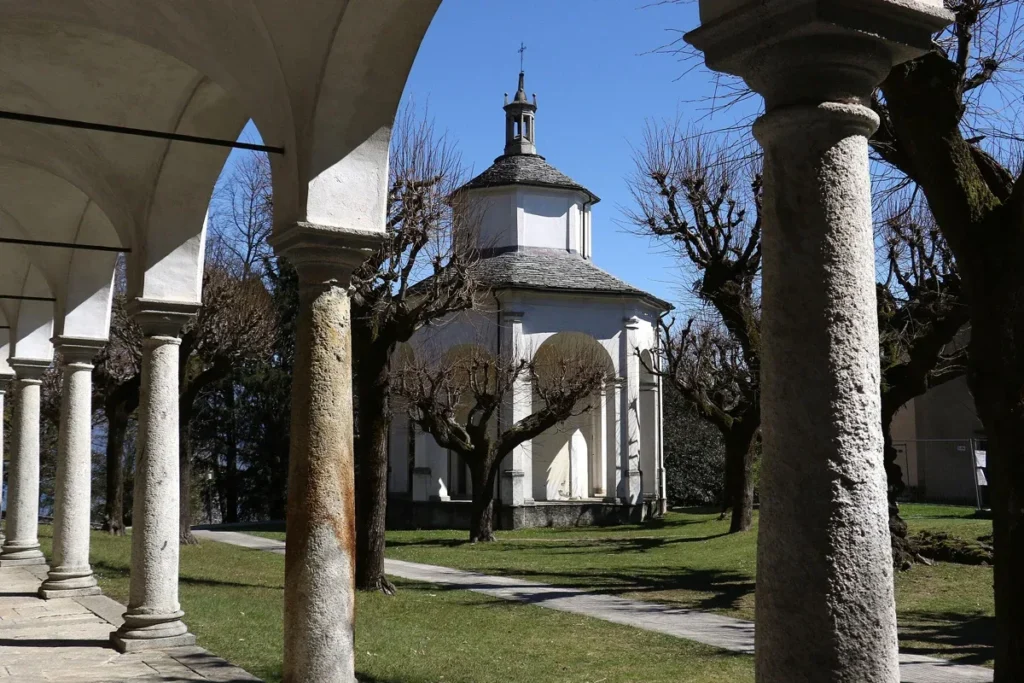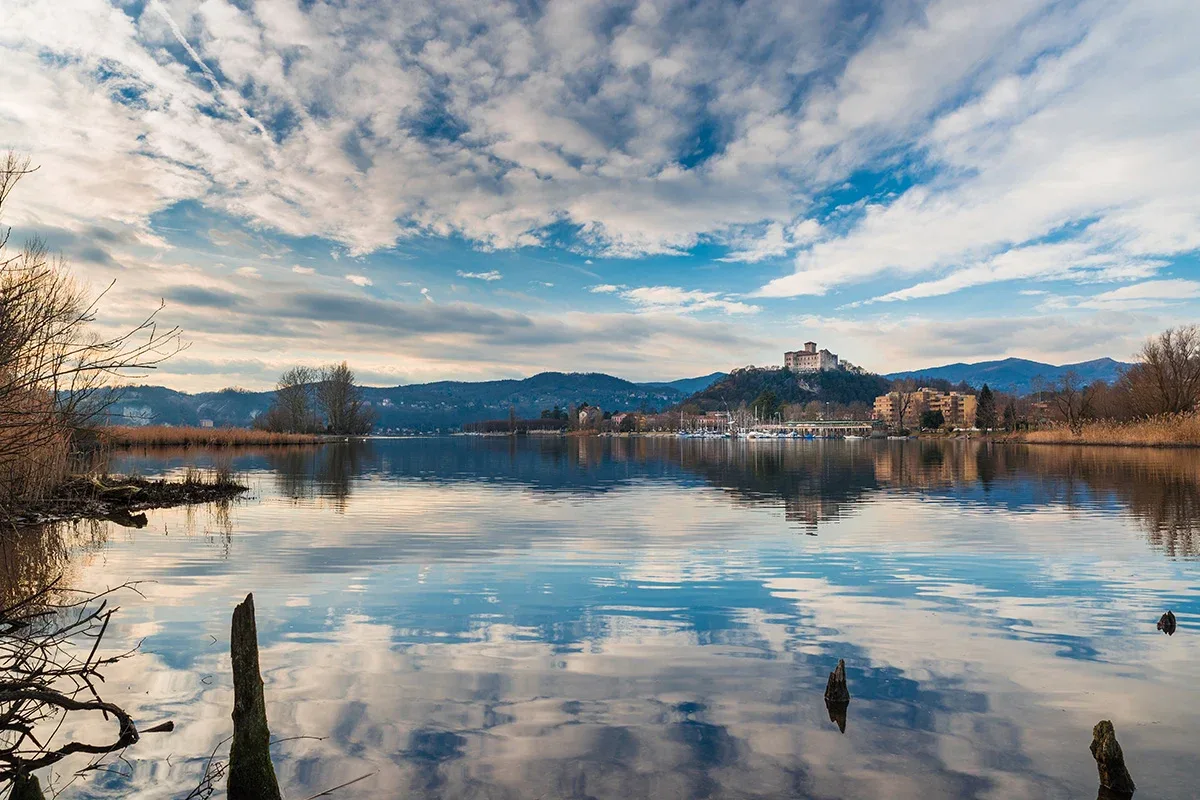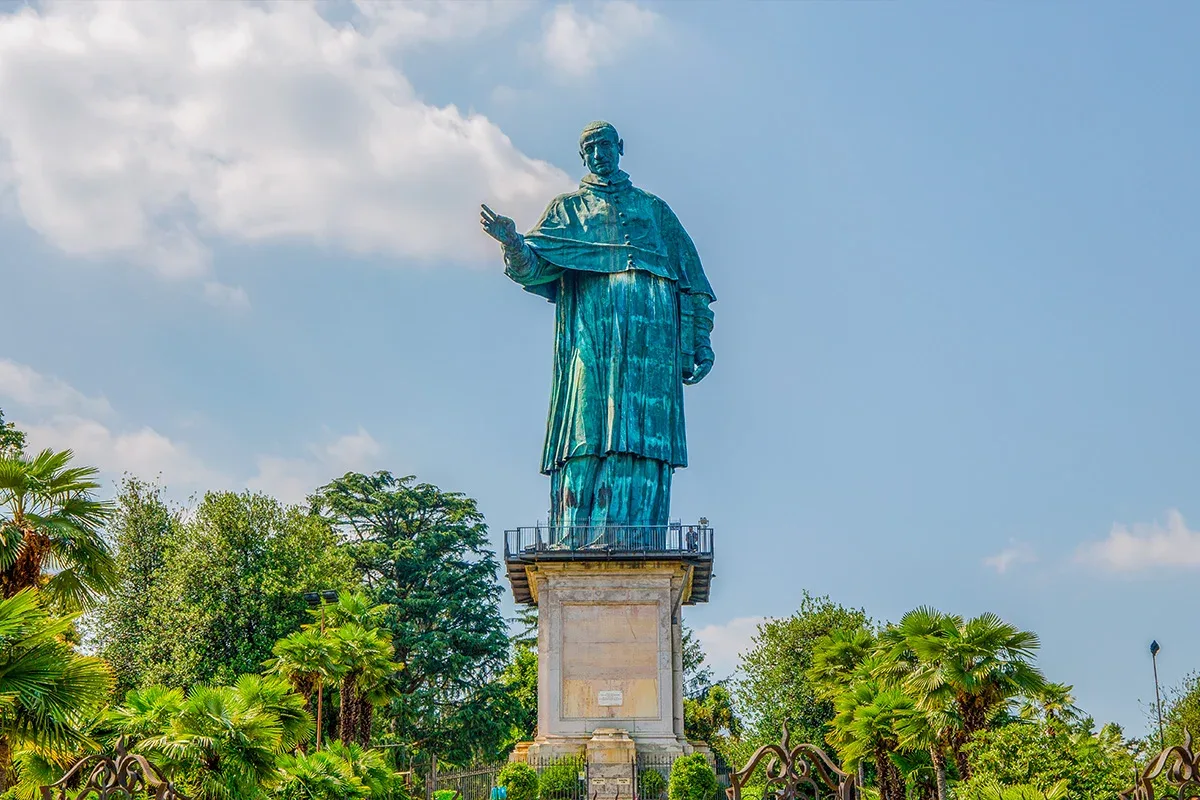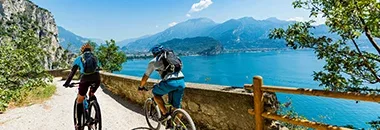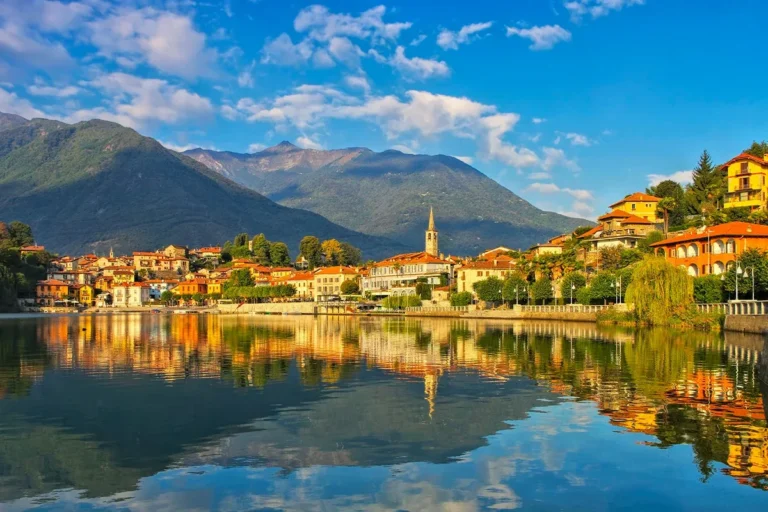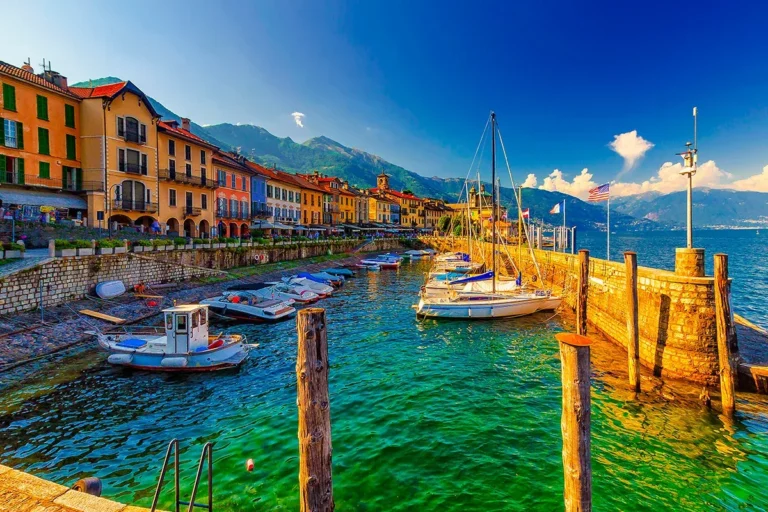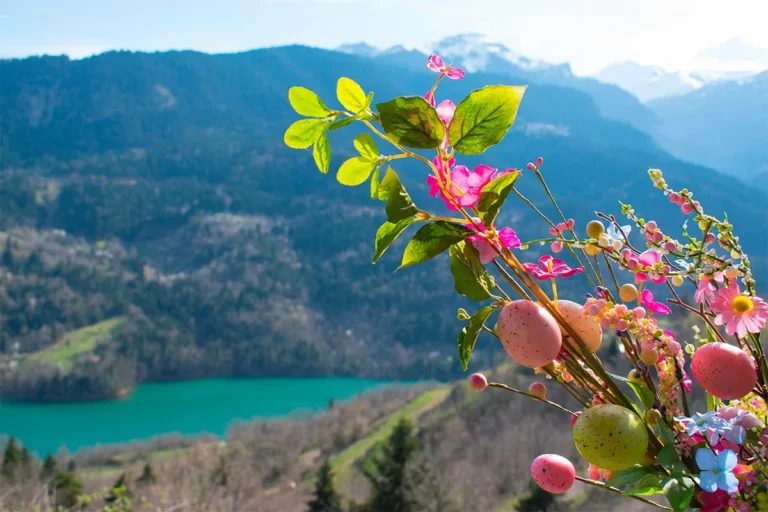There’s a much deeper story running through the landscape, one that’s been officially recognized on the world stage. I’m talking about Lake Maggiore’s UNESCO World Heritage Sites. These aren’t just extra points of interest; they’re unique windows into centuries of human endeavor, from ancient life to profound spiritual journeys. It’s a chance to peel back the layers of a truly magnificent region and find something genuinely unexpected.
Book your stay on Lake Maggiore
Sacro Monte di Ghiffa della Santissima Trinità
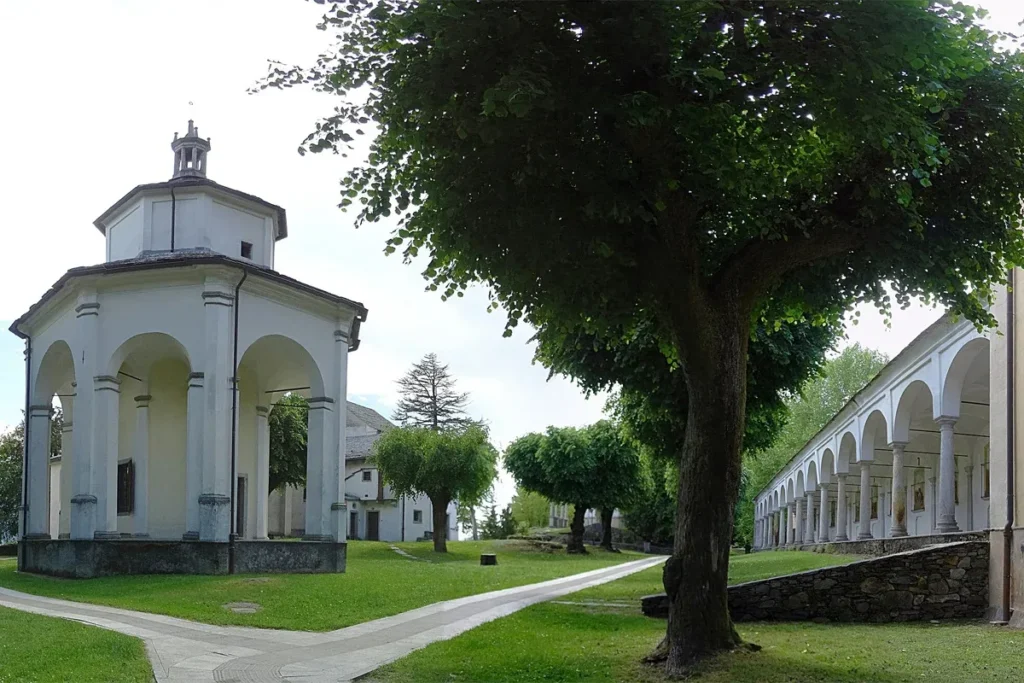
First of all, just a heads-up, it’s typically spelled “Ghiffa”. Trust me, you’ll want to remember that when you’re punching it into your GPS. This isn’t just another church on a hill. It’s part of a collection of “Sacri Monti” (Sacred Mountains) in Piedmont and Lombardy that are collectively recognized by UNESCO, and Ghiffa’s contribution is a truly special one. You’ll find it located on the slopes overlooking Lake Maggiore, near the town of Ghiffa itself (a short drive from Verbania).
What you get here is essentially a devotional complex: a series of chapels dotted along a winding path that leads up to a sanctuary. As you make your way along, each chapel holds groups of painted terracotta or wooden statues, depicting scenes from the Holy Trinity. It’s a quiet, reflective climb, and frankly, a bit of a workout, but absolutely worth it. The artistry inside those little chapels is remarkable, a real glimpse into Baroque craftsmanship.
Parco Naturale dei Lagoni di Mercurago
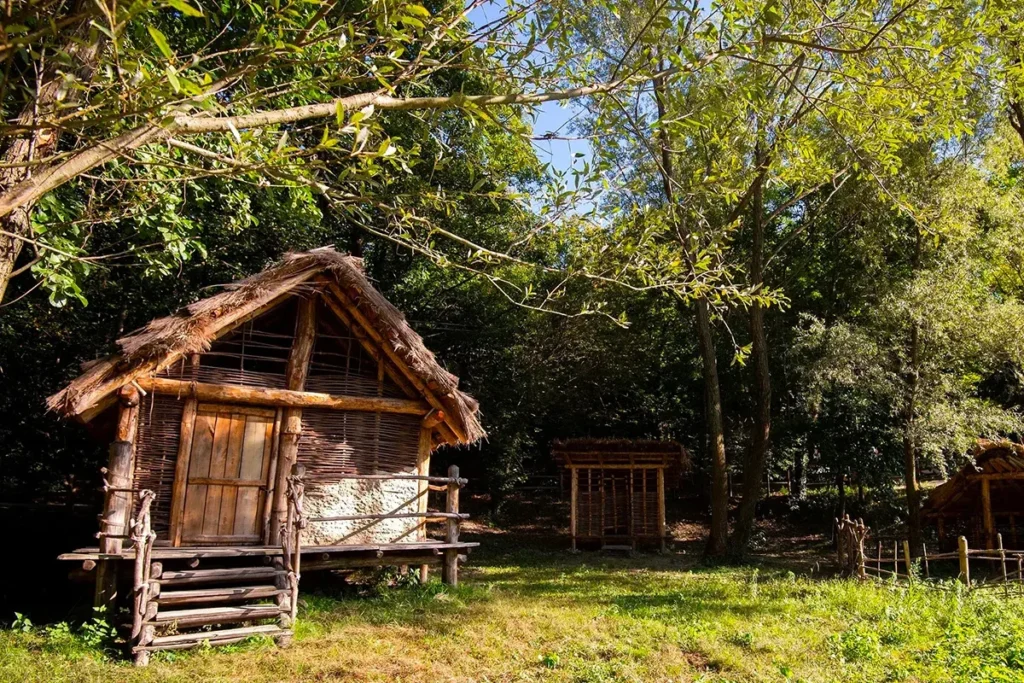
You’ll find this park just a short distance from Arona, towards the southern tip of Lake Maggiore. It’s a wetland area, full of little ponds (“lagoni”) and diverse natural landscapes – woodlands, peat bogs, and meadows. Now, you won’t walk in and see fully reconstructed ancient villages on stilts, so manage expectations there. But the reason this place earned its UNESCO stripes is precisely because of those hidden depths.
Archaeological digs here have unearthed incredibly well-preserved remains of pile dwellings, or stilt-house villages, that date back to the Bronze Age and Iron Age. It’s a fascinating testament to how people lived thousands of years ago, adapting to their environment by building homes right over the water or in marshy areas. So, while you’re strolling along the park’s trails, enjoying the birdlife and the quiet atmosphere, you’re actually walking over ground that holds profound evidence of ancient human ingenuity.
Parco Nazionale della Val Grande (Unesco Global Geopark)

Now, this place is absolutely epic, a real gem for anyone who loves true wilderness. It’s actually Italy’s largest wilderness area, with seriously rugged mountains, deep valleys, and almost no permanent human settlements. It’s wild, untamed, and offers some incredible hiking and a proper escape from, well, pretty much everything.
It’s actually a core part of the Sesia Val Grande UNESCO Global Geopark. This isn’t about ancient buildings or prehistoric homes; it’s about the very rocks beneath your feet. A UNESCO Global Geopark focuses on areas of international geological significance, managed to protect and educate about Earth’s heritage. The Sesia Val Grande Geopark, which stretches from the highest peaks of Monte Rosa down to Lake Maggiore, is globally recognized as being one of the most accessible places on Earth to see a complete cross-section of the continental crust.
Monte San Giorgio (on Lugano Lake)
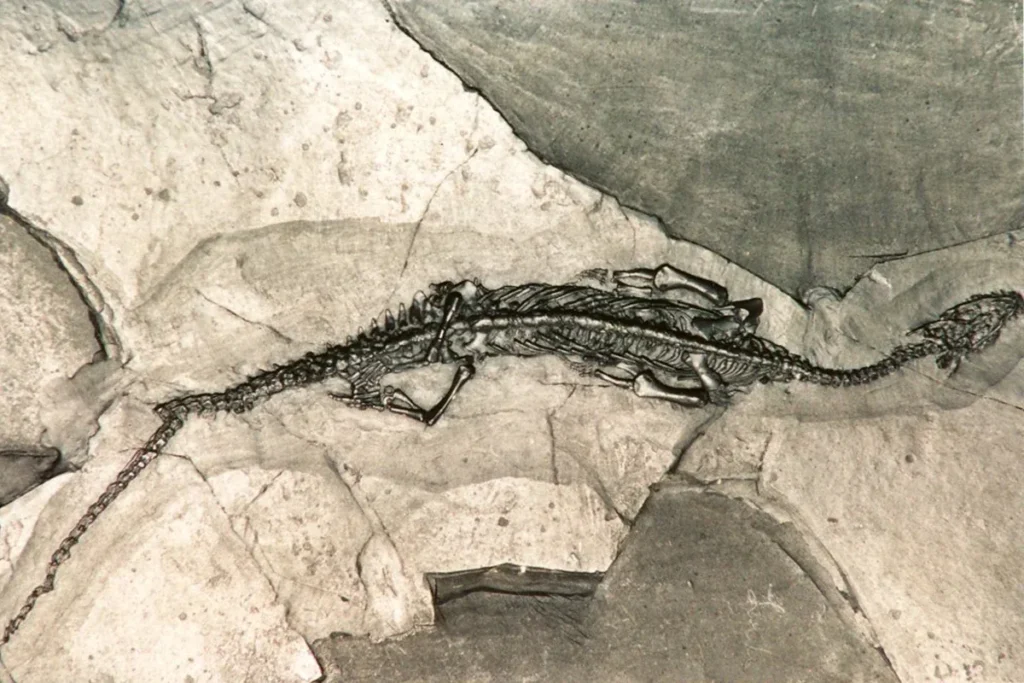
Let’s head to another remarkable UNESCO site that offers a completely different kind of historical journey: Monte San Giorgio. This isn’t directly on the shores of Lake Maggiore, but it’s a prominent peak situated right on the southern shore of Lake Lugano, positioning it neatly between Lake Maggiore and Lake Como. It’s also notable for being a transnational site, with parts in both Switzerland and Italy.
Monte San Giorgio holds its UNESCO status because it’s considered the best fossil record of marine life from the Middle Triassic Period – that’s about 245 to 230 million years ago, long before the dinosaurs really took over. Back then, this mountain was actually the bottom of a shallow, tropical sea. The layers of rock here have incredibly preserved fossils of fish, marine reptiles (some truly massive ones!), and other sea creatures from that ancient era. It’s like a natural time capsule.











